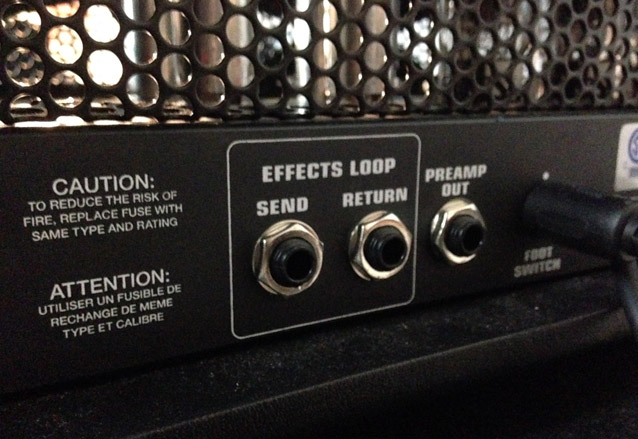How and Why to Use Your Amp’s Effects Loop
If your amp has an effect loop, you might be among the many guitarists who aren’t exactly sure what it’s for.

If your amp has an effect loop, you might be among the many guitarists who aren’t exactly sure what it’s for.
You might wonder why you can’t just run your effects in front of the amp—and you might not understand the full potential of this simple but handy device.
Philip McKnight demystifies the effect loop in this video.
He explains its purposes, translates some of the confusing terminology (such as send, return, or—in the case of Fender amps—preamp out, power amp in), and demonstrates a handy way to lower the output of your amp using a volume pedal in the effect loop, without losing the grit of your preamp distortion.
Take a look, and as always, visit Phillip’s YouTube channel for more of his videos.
All the latest guitar news, interviews, lessons, reviews, deals and more, direct to your inbox!
Since 1980, Guitar World has been the ultimate resource for guitarists. Whether you want to learn the techniques employed by your guitar heroes, read about their latest projects or simply need to know which guitar is the right one to buy, Guitar World is the place to look.

